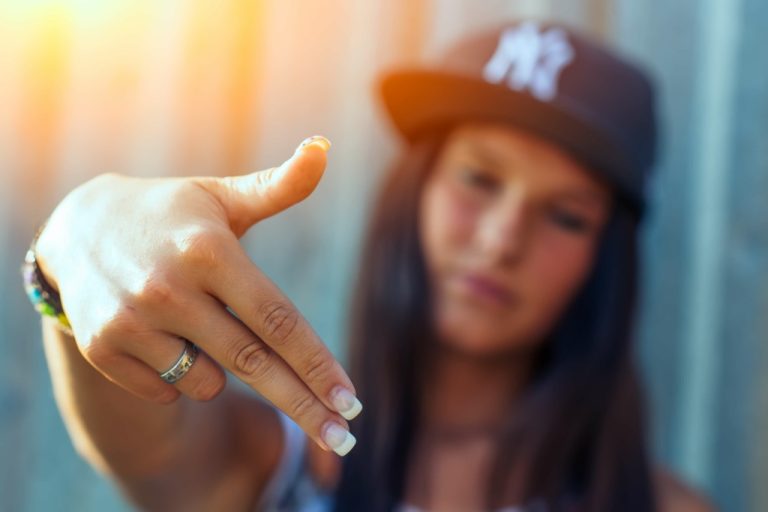If the liver is coping well with the quantity of alcohol that it has to process, there will be fewer signs in the face. Alcohol addiction becomes more visible when an alcoholic’s skin appears to be constantly dry – which can also lead to skin infections [31]. Equally, once blood vessels on the skin have been damaged, it is usually not possible to reverse this damage [16]. Alcohol also breaks down collagen in vein walls, resulting in “spider veins” being more apparent on the surface of the skin [16]. If alcohol use disorder remains untreated it may result in ascites (bloating of the abdomen) as well as more severe facial bloating [13]. A person should speak with a doctor, close friend, therapist, or local support group to find ways to help give up alcohol.
- This may help prevent dehydration and make it easier to cut back on alcohol.
- More obvious changes, such as jaundice and telangiectsia, become apparent at different times depending on the individual [31].
- Since puffiness is largely caused by dehydration, drinking plenty of water can limit bloating.
- Red, ruddy facial features and a bloated face are often evident with alcoholism.
- Seborrhoeic dermatitis has been observed to be more frequent in heavy drinkers.
- Although the classic ‘drinker’s nose’ (rhinophyma) was thought to be related to excess alcohol consumption, it has never been proven.
New Method Wellness is a comprehensive program designed to help individuals address their alcohol addiction. The program includes in-depth assessments, personalized treatment plans, and evidence-based therapies. It also provides access to experienced and licensed counselors and therapists.
General Health
Catecholamines, a group of hormones that controls the stress response, start releasing at a much higher rate as a result of this process. Alcohol use also triggers inflammatory cytokines, which cause the skin to swell. The combination of these elements can cause a flushed face and other rosacea symptoms. A 2017 cohort research study found an association between alcohol use and the onset of rosacea. The study also discovered that women who consume a lot of booze or white wine are at increased risk.
How does alcohol affect your skin? Long and short-term effects – Medical News Today
How does alcohol affect your skin? Long and short-term effects.
Posted: Fri, 22 Apr 2022 07:00:00 GMT [source]
By the time they’ve reached the third and final stage of alcoholism, drinking has consumed their lives. Their alcohol withdrawal symptoms are so alcoholic nose severe that they must drink continually to avoid them. While every person’s alcohol addiction is unique, alcohol affects people in similar ways.
Jaundice
You can also use laser treatments and chemical peels to improve the skin’s condition. Excessive alcohol consumption is the most common cause of drinkers’ nose. Alcohol is a vasodilator, which causes the blood vessels in the nose to expand and become more visible.
Privacy Policy | Sitemap – © 2023 New Method Wellness
New Method Wellness is not affiliated with, employed by, or in contract with any treatment centers or providers. We do not accept or pay any fees or payments for behavioral health referrals. Generalized pruritus https://ecosoberhouse.com/ – Alcohol abuse causes the body to be unable to metabolize certain substances such as bile salts, corticosteroids, and histamine. The build-up of these substances causes generalized skin itching, which can lead to irritation, inflammation, and rashes.
Alcoholic Nose (Rhinophyma): The Real Cause, and How to Treat It
The most common people prone to red face symptoms are listed below. While there are plenty of ways to manage redness, there isn’t yet a cure. Green-tinted concealer can help cancel out red color, and laser treatments can help minimize blood vessels near the surface of the skin, says Gohara.
- If you don’t consume alcohol you won’t have to worry about treating the red face that’s caused by drinking it.
- When it isn’t working right, the toxins stay in your cells, which leads to warmth and flushing.
- This condition is known as rhinophyma and can make the nose seem disproportionately large and bloated.
- Experts have long known that drinking alcohol yields a temporary spike in blood pressure.
Alcohol widens the blood vessels in the eyes, causing more blood to flow through them, increasing their appearance and volume. It can also cause yellowing of the sclera (whites) from jaundice caused by alcohol and liver complications. Facial redness – Alcohol abuse reduces vascular control in the brain which can lead to blood vessels in the face becoming enlarged. Reducing drinking from two drinks a day to once every three days gives the body time to process alcohol and will reduce symptoms such as bloodshot eyes and dehydrated skin [28]. While treating AUD and quitting alcohol should help many skin conditions clear, a person may need to continue treating other underlying conditions, such as liver disease. Treatments will vary based on the condition, so a person should speak with a doctor about the best treatment options for them.
So, alcohol may not be the primary cause of “alcoholic nose.” However, it does cause red, inflamed skin and can trigger rosacea and rhinophyma. The condition is most common in men between the ages of 50 and 70. Because alcohol dilates blood vessels and damages the vascular system, it can aggravate rhinophyma and other types of rosacea. However, recent research has suggested that while alcohol worsens the symptoms of rhinophyma, it is not the primary cause.

